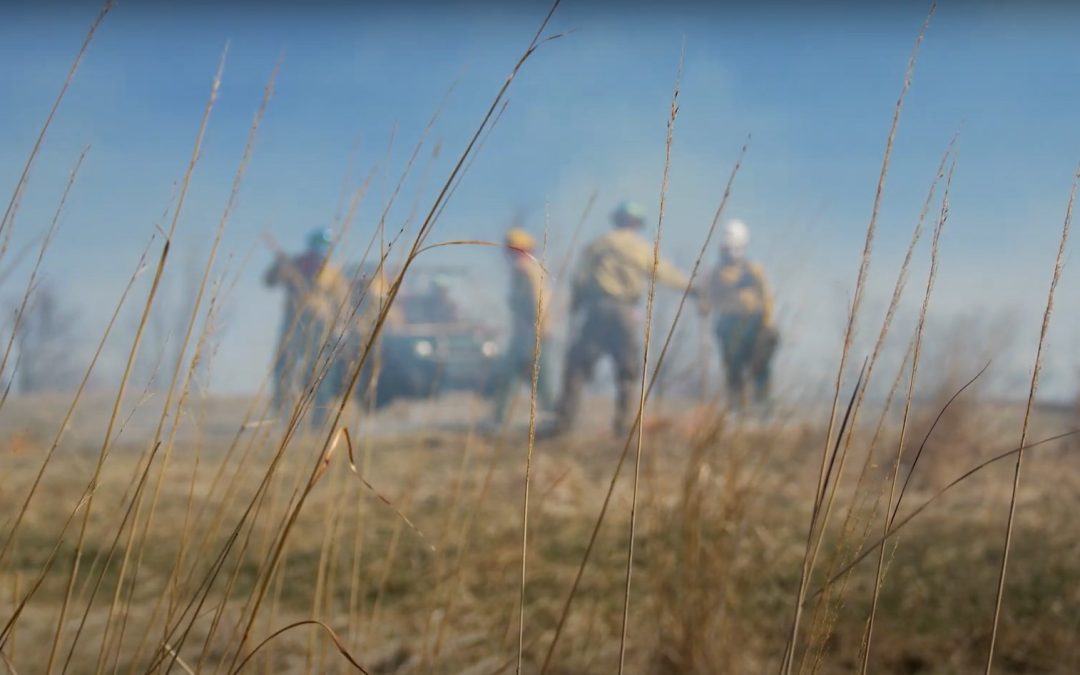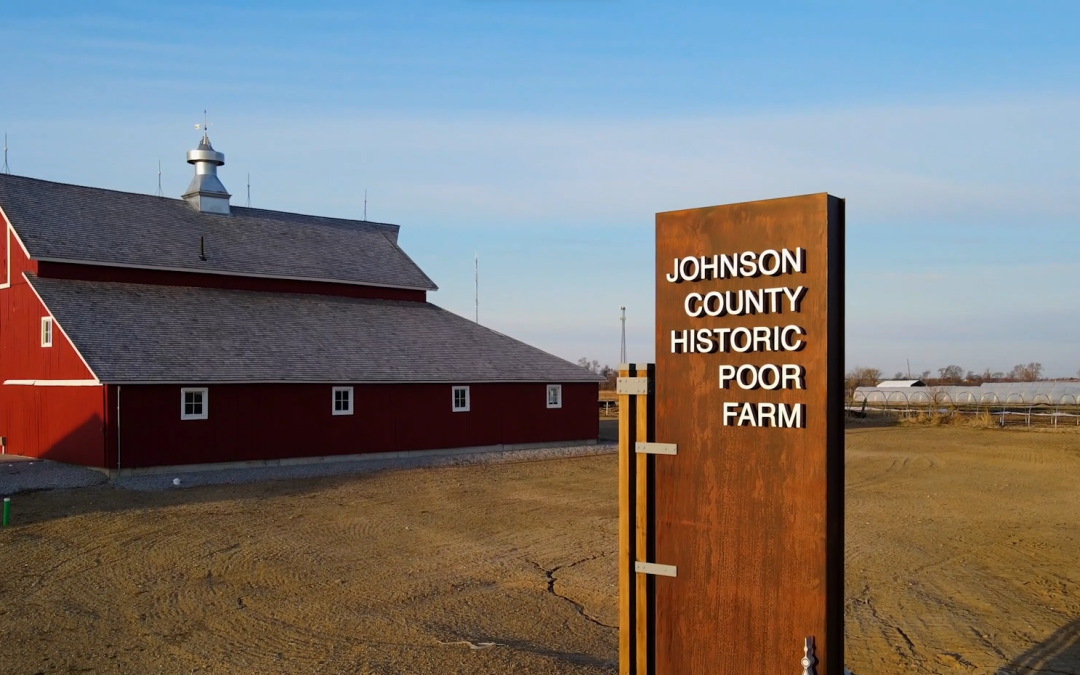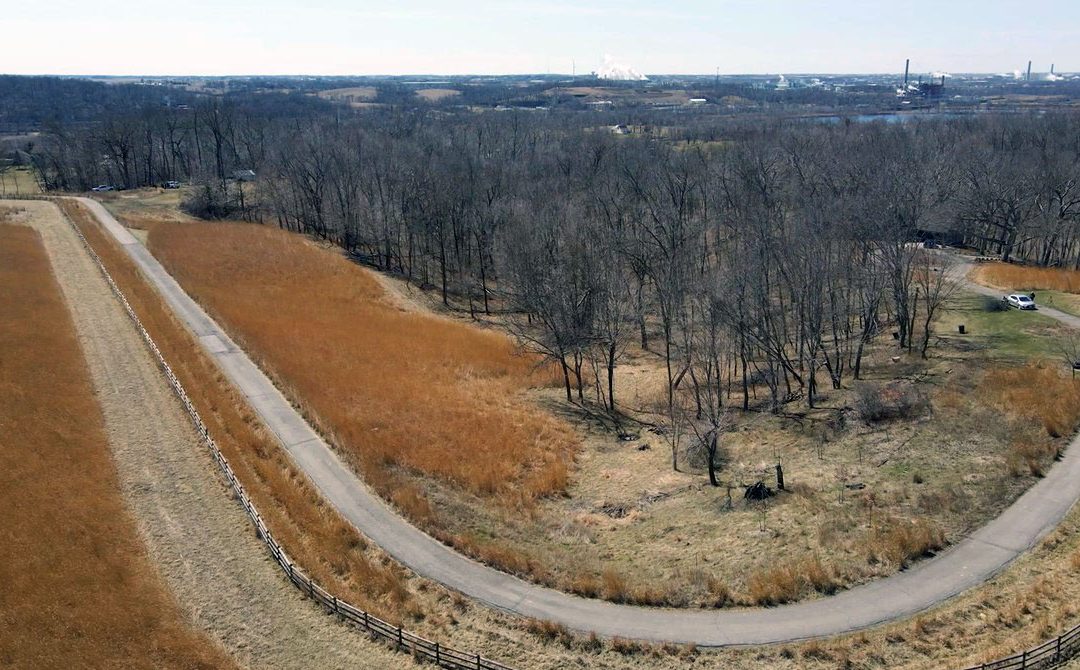Recent Rulings
Effective March 20th, 2023, the “Revised Definition of the ‘Waters of the United States’” rule has been implemented to provide a regulatory definition for “Waters of the United States”. This rule is currently in effect in all U.S. Jurisdictions except Idaho and Texas. The Clean Water Act (CWA) regulates the discharge of pollutants into the waters of the United States (as defined by this rule) as well as regulating quality standards for surface waters. This “Revised Definition” allows the federal agencies which oversee the CWA (U.S. Army Corps of Engineers and Environmental Protection Agency) to define which aquatic resources fall under federal jurisdiction and which do not.
“This rule also considers the best available science and extensive public comment to establish a definition of ‘waters of the United States’ that supports public health, environmental protection, agricultural activity, and economic growth.” – EPA.gov
This rule represents another step in the litigation of rulemaking regarding the definition of jurisdictional aquatic resources. In the last 10 years, there was the 2015 Clean Water Rule, 2019 Repeal Rule, and the 2020 Navigable Waters Protection Rule (NWPR), with each of these rules overriding the previous definition until the NWPR was vacated in August of 2021 by a U.S, District Court. In the interim between the vacation of the NWPR in 2021 and the implementation of the 2023 Revised Definition, the CWA act has been working from the pre-2015 definition of the Waters of the United States.
The “Revised Rule”
This Revised Rule defines the types of waters that would fall under the jurisdiction of the CWA, including traditional navigable waters, territorial seas, interstate waters, impoundments, tributaries, adjacent wetlands, and other additional waters. Jurisdiction for tributaries, adjacent wetlands, and additional waters is now determined by meeting either the relatively permanent standard or the significant nexus standard.
Additionally, the Revised Rule defines several exclusions from regulation including certain artificially created or incidental water bodies (waste treatment systems, ditches constructed in uplands, depressions from construction activities, etc.), erosional features (gullies and washes), and other unique circumstances.
Impacts and Implications
The federal agencies expect that there will be a “slight and unquantifiable increase in waters being found to be jurisdictional under the final rule in comparison to the pre-2015 regulatory regime” (the same regulatory definitions that have been in effect since 2021 vacation of the NWPR). Essentially, this rule is functionally an extension of the pre-2015 definition so there will not be a significant change in the manner for which aquatic resources are regulated.
If you are concerned about potential implications that this rule change may have to your property or project, or have other questions regarding wetland and stream resources or permitting and regulatory coordination – please reach out to Will Downey, Professional Wetland Scientist at 515-473-6256 or by email at [email protected].
UPDATE:
On April 12, 2023, a federal judged placed a temporary block on the Revised Definition rule governing the jurisdiction of waters of the United States within 24 states, including the state of Iowa. As a result of this measure, the current definition for jurisdiction of waters of the United States will revert to the pre-2015 definition within these states joining the lawsuit. The pre-215 definition was most recently used for Clean Water Act regulations after the 2020 NWPR rule was vacated until implementation of the 2023 Revised Definition Rule.
In addition to Texas and Idaho, the following states are included in this preliminary injunction:
Alabama, Alaska, Arkansas, Florida, Georgia, Indiana, Iowa, Kansas, Louisiana, Mississippi, Missouri, Montana, Nebraska, New Hampshire, North Dakota, Ohio, Oklahoma, South Carolina, South Dakota, Tennessee, Utah, Virginia, West Virginia, and Wyoming.
https://apnews.com/article/clean-water-act-epa-wotus-89ec06b09016564b0d721a6de9a9efb0
References and Additional Resources
Current WOTUS Legislation
History of Litigation
Economic Analysis for the Final “Revised Definition
Guide for Landowners
Agricultural Community Fact Sheet


